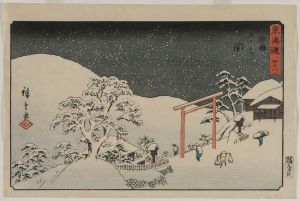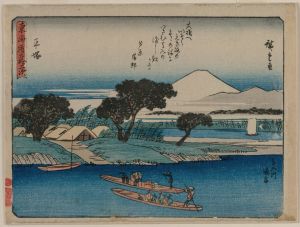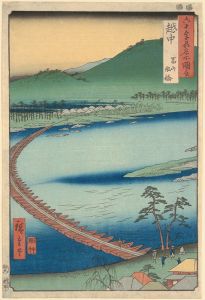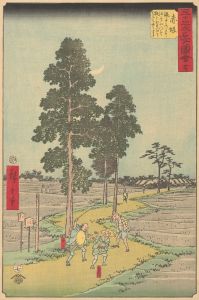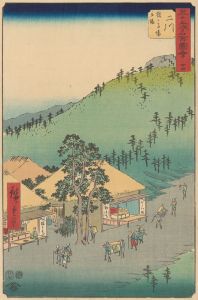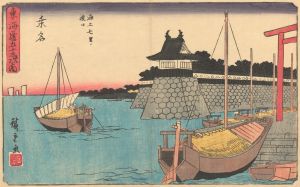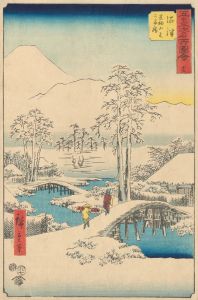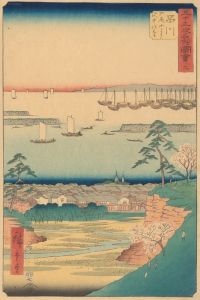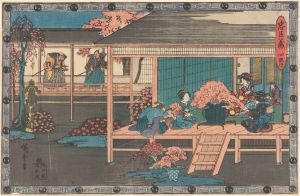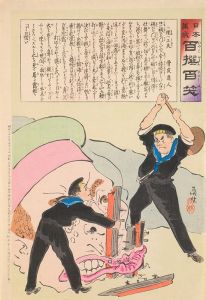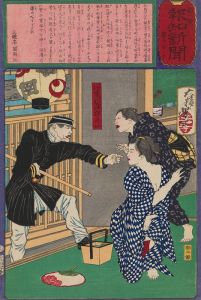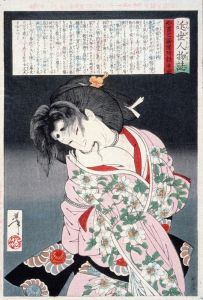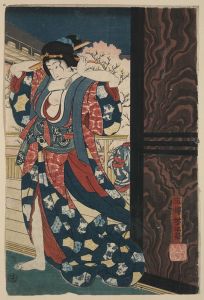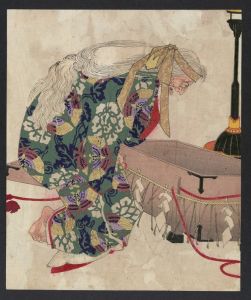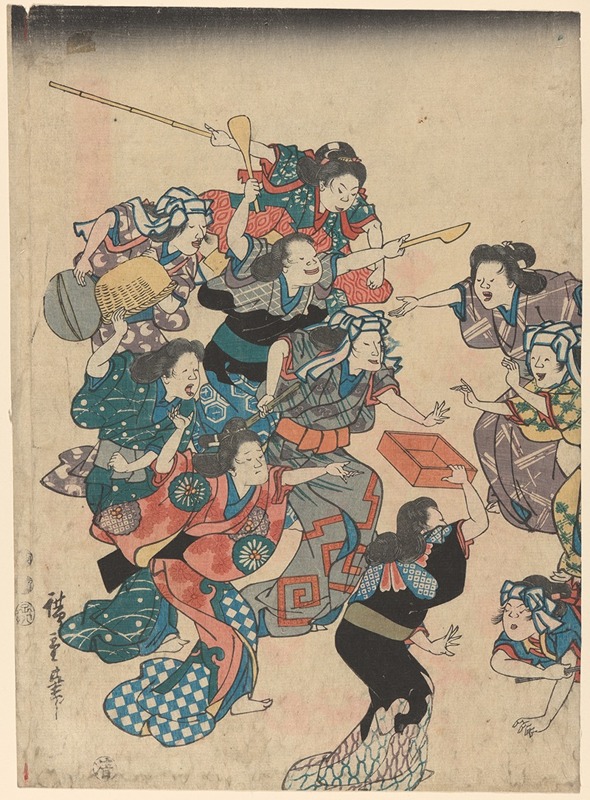
Servants’ Quarrel
A hand-painted replica of Andō Hiroshige’s masterpiece Servants’ Quarrel, meticulously crafted by professional artists to capture the true essence of the original. Each piece is created with museum-quality canvas and rare mineral pigments, carefully painted by experienced artists with delicate brushstrokes and rich, layered colors to perfectly recreate the texture of the original artwork. Unlike machine-printed reproductions, this hand-painted version brings the painting to life, infused with the artist’s emotions and skill in every stroke. Whether for personal collection or home decoration, it instantly elevates the artistic atmosphere of any space.
"Servants’ Quarrel" is a woodblock print by the renowned Japanese ukiyo-e artist Andō Hiroshige (1797–1858). Hiroshige is celebrated for his landscape prints and his series depicting scenes from the Tōkaidō Road, among other subjects. This particular print is part of his series "Fifty-three Stations of the Tōkaidō" (Tōkaidō Gojūsan-tsugi no Uchi), which was first published in the 1830s.
The "Fifty-three Stations of the Tōkaidō" series illustrates the various post stations along the Tōkaidō, the main road connecting Edo (modern-day Tokyo) to Kyoto during the Edo period. Each print in the series captures the unique characteristics and daily life of these stations, often highlighting the interactions between travelers, locals, and the natural environment.
"Servants’ Quarrel" specifically depicts a scene at one of these stations, where two servants are engaged in a heated argument. The composition of the print is dynamic, with the figures of the quarreling servants positioned prominently in the foreground. Their animated gestures and expressions convey the intensity of their dispute. In the background, other travelers and locals can be seen, some observing the quarrel, while others go about their business, providing a lively snapshot of life along the Tōkaidō.
Hiroshige’s use of color and line work in "Servants’ Quarrel" is characteristic of his style. The print features a harmonious blend of vibrant and muted colors, with careful attention to detail in the clothing and surroundings of the figures. The artist’s skillful use of perspective and composition draws the viewer’s eye through the scene, creating a sense of depth and movement.
The "Fifty-three Stations of the Tōkaidō" series was highly popular in its time and remains one of Hiroshige’s most famous works. It played a significant role in shaping the Western perception of Japanese art when it was introduced to Europe in the 19th century, influencing artists such as Vincent van Gogh and Claude Monet.
Hiroshige’s work, including "Servants’ Quarrel," is celebrated for its ability to capture the essence of everyday life in Edo-period Japan, blending realism with an artistic sensibility that highlights the beauty and complexity of the world he depicted. His prints continue to be studied and admired for their technical mastery and their evocative portrayal of a bygone era.
Today, "Servants’ Quarrel" and other prints from the "Fifty-three Stations of the Tōkaidō" series can be found in various museum collections around the world, including the Metropolitan Museum of Art in New York and the British Museum in London. These works remain an important part of the cultural heritage of Japan and a testament to Hiroshige’s enduring legacy as one of the great masters of ukiyo-e.





